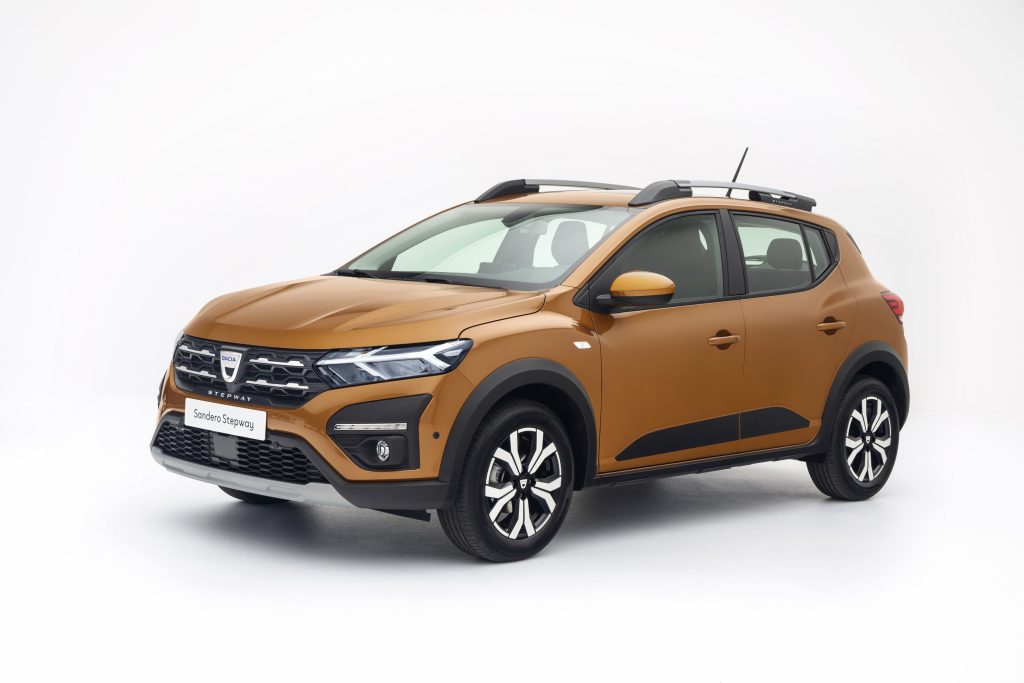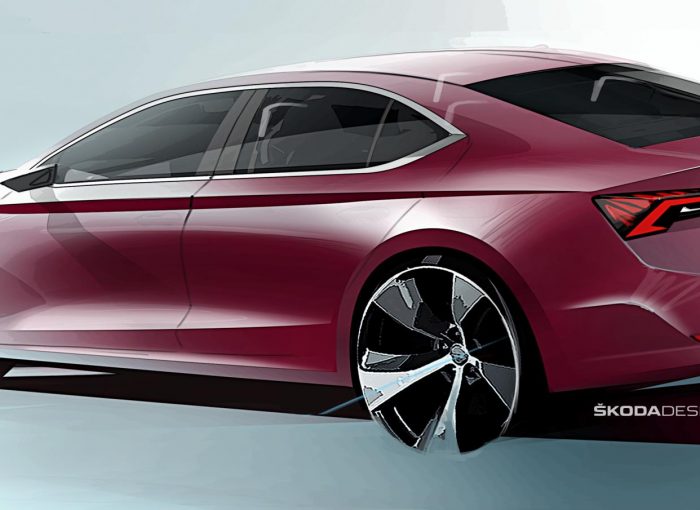Our reader is complaining about the 245/45 R18 tyres that are on his Mercedes-Benz E350. But would downsizing to the car’s original 17-inch rims really help to improve the ride and road noise?
Do bigger wheels make the ride worse?
From a subjective point of view, we’ve tested plenty of cars over the years that have been on larger rims and suffered with poorer ride quality as a result. How can we say that? We’ve tried the same model of car on smaller wheels. The ride (how the car feels when going over bumps in the road) has been noticeably better.
Why do bigger wheels make the ride worse?
For a start, bigger wheel/tyre combinations are heavier. Because they’re at the end of springs and dampers, wheels and tyres are known as unsprung mass. That means when they hit a bump their weight is transmitted through the suspension into the car.
Some cars can deal with this unsprung mass better than others. That’s because their suspension will have been better tuned to control and absorb the unsprung mass of the wheels/tyres.
It’s not necessarily the tyres…
Tyres are springs and dampers all in one round black package. How they absorb bumps depends on their inflation pressure and design. So a tyre with a small aspect ratio (the height of the sidewall) won’t always give a worse ride than a tyre with a luxuriously large sidewall.
It really does all depend on the tyre. But it is worth remembering that the smaller the wheel, the larger the tyre’s aspect ratio can be while still fitting in the wheel arch. And that larger sidewall will give the tyre more chance to cushion the ride.

But it might be the tyre’s fault…
Not all tyres are equal. Some will have been designed better with greater ability to absorb bumps in the road. Conversely, some will not. In a test on the Tyre Reviews website, the reviewer tried 17, 18 and 19-inch wheels on a VW Golf, each equipped with identical (apart from the size) Goodyear Eagle F1 tyres.
The tester found that the largest wheels offered the better handling for performance driving. The smallest wheel/tyre combination gave the most forgiving ride and the most predictable handling. The medium 18-inch tyres were the quietest.
Perhaps predictably, the tester concluded that the 18-inch wheel/tyre combo was the best compromise for ride, driving and noise.
What about noise?
Larger wheels generally mean a tyre has a smaller side wall. This gives less cushioning when it comes to ride and noise. However, talk to tyre experts and many will tell you that it’s the design of the tyre, the materials used and the tread pattern that are more responsible for noise.
German firm Continental has come up with its ContiSilent treatment for tyres, a panel of noise absorbent foam that lines the treaded area and absorbs noise. We can tell you from experience that it works too.

I’ve been writing about cars and motoring for more than 25 years. My career started on a long-departed classic car weekly magazine called AutoClassic. I’ve since pitched up at Autosport, Auto Express, the News of the World, Sunday Times and most recently the Daily Telegraph. When I’m not writing about cars and motoring, I’m probably doing some kind of sport or working in my garden.







